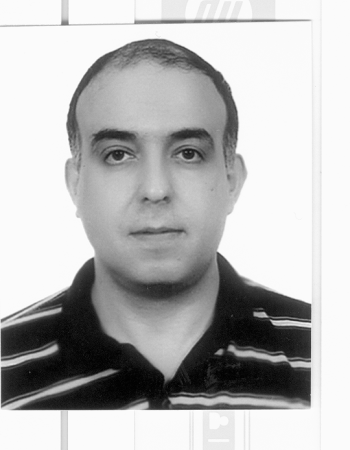Investigating the Effects of Branching on the Constraint-Embedded Swept Profile Calculations
One of the most significant issues investigated in the CAD/CAM developments is the swept envelope formation by a moving tool. There is many attempts to get envelopes, based on the evaluation of tangency constraint. The core operation of this method is to pick the input values one at a time and consider the solutions of constraint for various dependent values at a particular time instance. Such a pathway causes excessive computational effort and time that must be spent to implement the tangency constraint. Recently some research [15,17] has been conducted to completely eliminate the need for evaluating tangency-constraint. In these techniques in order to obtain a closed-form representation of the envelope, the tangency constraint is written explicitly in terms of the dependent variable then it is embedded into the tool surface equation. While these sound straight forward, there are some important inevitable consequences of these restructurings. In the new form, there are no restrictions on the domains of the input variables. On the other hand, for the form-cutting tools the whole set of input values need to be partitioned into a number of disjoint ordered-subsets for which correspondence check between domain and eliminated variables must be performed. The computational cost associated with this type of calculation can become impractical when looking at all the benefits we get from eliminating the tangency-constraint evaluation. To overcome this issue, in this paper first, we introduce a powerful test that takes the domain restrictions into account. Later, using this test we will systematically investigate the distribution patterns of swept profiles. Finally, we present algorithms for forming the domains of closed forms under different motion kinematics.



One of the most significant issues investigated in the CAD/CAM developments is the swept envelope formation by a moving tool. There is many attempts to get envelopes, based on the evaluation of…

